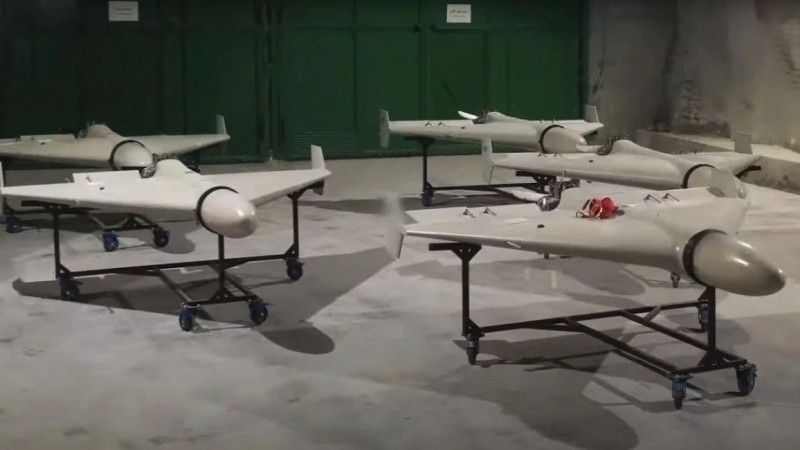Armed Forces
Operational Commander: No Violation of Polish Airspace by A Russian Drone Occurred

Operational Command of the Armed Forces, Div. General Maciej Klisz held a press briefing to inform the media that the Russian drone had not, most probably, violated Polish airspace.
A ground search covered an area of 250 square kilometers, yielding negative results. General Klisz also stated that a much larger area was searched from the air, using various types of aircraft—both manned and unmanned.
Data from various satellite sources and radar systems were analyzed, along with documents from allied sources. So far, the findings indicate that it is highly probable that no airspace violation occurred on August 26.
Oświadczenie Dowódcy Operacyjnego Rodzajów Sił Zbrojnych dotyczące incydentu w polskiej przestrzeni powietrznej w dniu 26.08.2024 roku
— Dowództwo Operacyjne (@DowOperSZ) September 5, 2024
Na podstawie odczytów systemów radiolokacyjnych wskazujących na możliwość naruszenia polskiej przestrzeni powietrznej podczas zmasowanego ataku… pic.twitter.com/SJxVLT3YZh
Comment:
Here, it is worth adding a small comment. An important clue is that the potential threat was identified not as a plane or cruise missile but as a drone. Due to their small radar cross-section and slow speed, these types of targets are much harder to detect using traditional radars employed in air defense systems (ironically, faster objects, such as those with jet engines, are easier to detect using radars).
In the past, similar situations — false alarms related to suspected airspace violations by drones or other slow-flying objects — have occurred even in countries with advanced radar technology, such as Israel and the United States. In the U.S., the frequency of „false alarms” increased after detecting the Chinese spy balloon, as radar data began to be analyzed differently.
Similarly, in Israel, “false alarms” arise due to the increased risk of drone use by Hezbollah. Radar images, which under normal circumstances would not trigger alarms, are evaluated as threats because of the characteristics of drones described above. Radar system performance can also be affected by weather conditions or even flocks of birds, especially when slow-flying objects are being monitored.
This issue certainly requires further analysis, and the air defence system should be strengthened with different types of sensors to minimize the risk of similar incidents in the future. However, it cannot be eliminated, just as it is impossible to state with absolute certainty (even General Klisz mentioned 99% certainty) that no airspace violation occurred on August 26.
